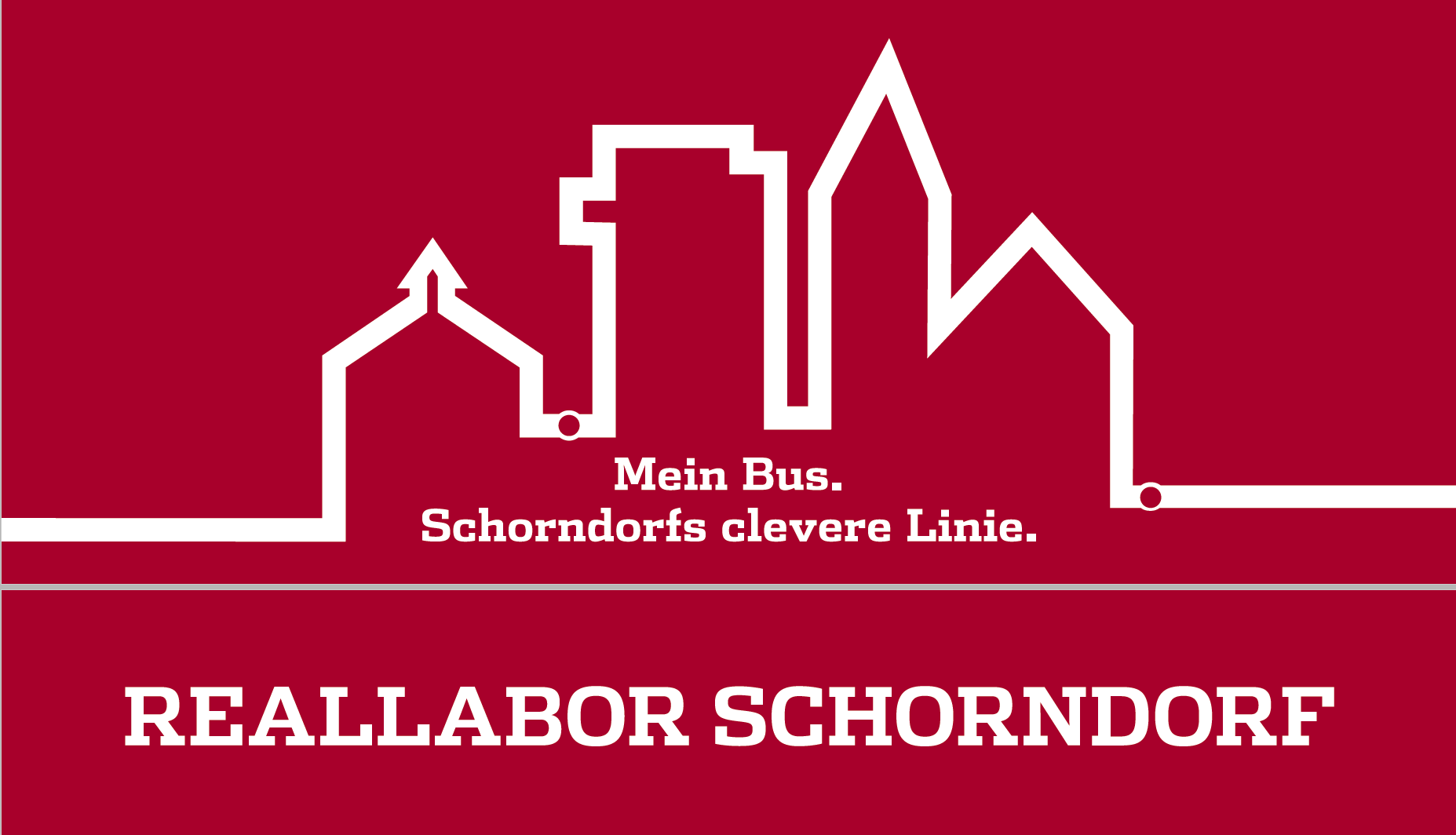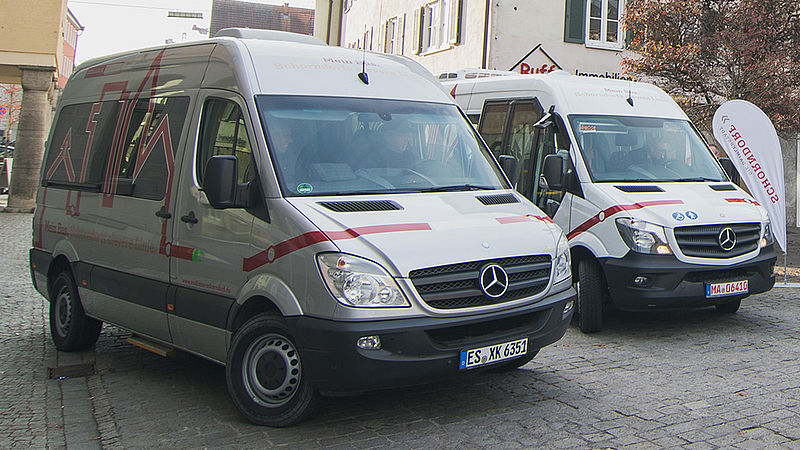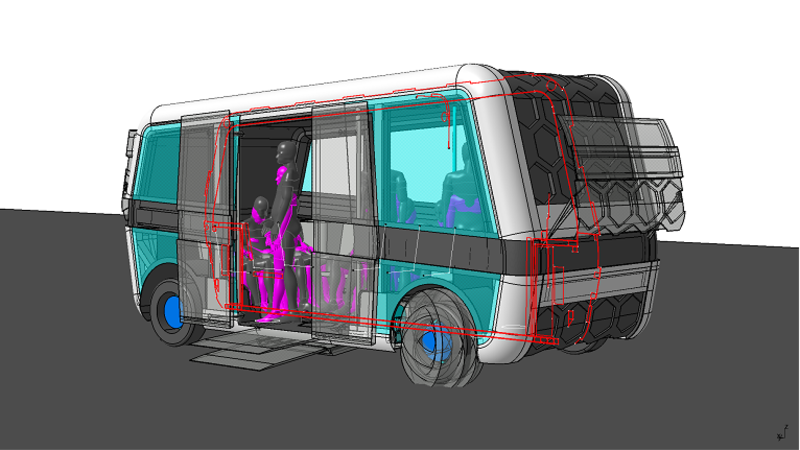Schorndorf is a medium-sized town typical for the Stuttgart conurbation with around 40,000 inhabitants and a high proportion of car traffic. Three inner-city bus routes transport commuters and pupils in the early morning and after work/school, and late morning and in the afternoon they carry residents every 30 or 60 minutes between the central train station and shopping district and the neighbouring residential areas. These are mainly older people or a parent with younger children.
During the rush hour, the big buses are full; off-peak they are largely empty as they travel between densely packed residential developments, and passengers sometimes have to wait a long time for a bus and when changing buses. This makes local public transport unattractive for users and residents when compared to private means of transport.





